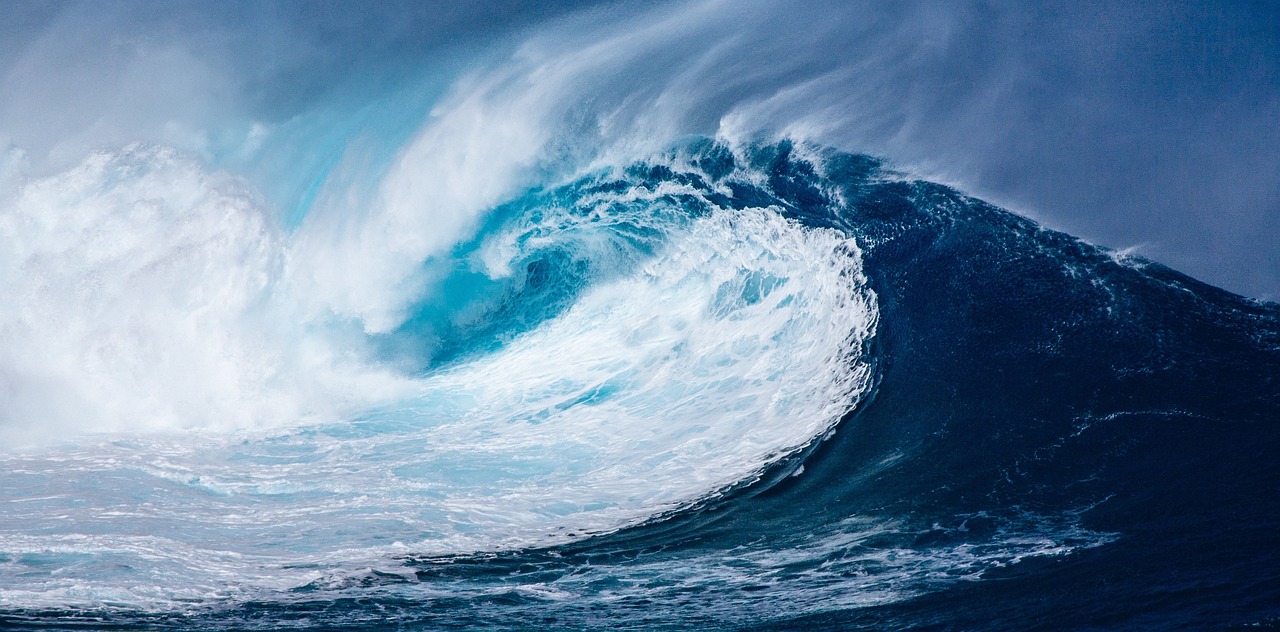
In the afternoon of February 21st, 2025, Vancouver was rocked by a 4.7-magnitude earthquake. A 4.7 is nothing major; it may knock items off a shelf, but beyond that, you’d barely know anything happened. But in the hysteria of the moment, one question took hold of our collective minds: Is this the big one? It wasn’t, but we likely aren’t far off.
Vancouver is known for its seismic activity. Sure, it’s no San Francisco, but from a young age, we’ve been taught to be prepared for earthquakes. There are little tremors almost daily, too small to register, but once in a while, a quake of apocalyptic proportions strikes the Pacific Northwest. We call it “the big one”, and we’ve been waiting for it for 325 years.
We live in an area known as the Cascadia Subduction Zone, where massive plate tectonics converge. Sometimes, a plate will start to slide underneath another, in our case, the Juan de Fuca plate under the North American plate, creating an unbelievable amount of pressure where the two meet. Eventually, with nowhere else to go, the plate snaps back into place, creating a megathrust quake. January 26th, 1700, was the last tremor of this type, and to say it was destructive would be an understatement. The magnitude is thought to have been between 8.7 and 9.2. That’s big, but hey, that quake from February was about 5, surely it can’t be that bad. Wrong! Every digit on the Richter Scale marks an increase in power by a magnitude of TEN TIMES. That 1700 quake was a borderline civilization killer, wiping out native populations on the Pacific coast in an instant, with the help of a titanic tsunami of course.
So, when are we due for round 2? Well, we’ve been due for a while. The average interval of megathrust quakes in the Cascadia region is 5-600 years, but the gap has been far smaller on a number of recent occasions. Experts believe the big one is coming, particularly in the next 50-100 years. So when the big one hits, Vancouver will be in quite the predicament. Sure, Vancouver Island acts as a natural tsunami buffer, however, waves will still wreak havoc on low-lying areas like the Delta and Richmond, and older infrastructure will likely fail. So, what exactly is the protocol in this scenario? Just accept your fate? Well, that is technically an option, but luckily, the big one isn’t necessarily a death sentence.
For years, I’ve planned for an earthquake. Not obsessively, but there are little things you can do to help save your life if the time comes. First things first, have an evacuation plan. Do you live in an area below or near sea level? If you do, know where the nearest hill or tall building is. If you’d like to avoid being crushed by falling debris, finding an open space nearby is a must. Disaster response takes time, so keeping a backpack with snacks, water, and first aid supplies can hold you over in case of a long period of isolation. But most important of all, don’t psyche yourself out. I know, the concept of a 30-foot tsunami destroying the Lower Mainland is a scary one, but it’s out of our control. Preparing is all we can do, so until that quake comes our way, let’s focus on living our normal lives.
Beach day anyone?
Written by Noah Schmidt
Contact: nschmidt20@my.bcit.ca

